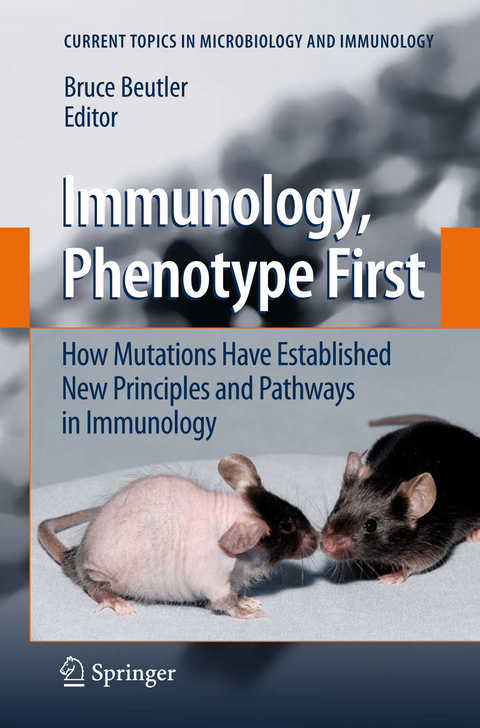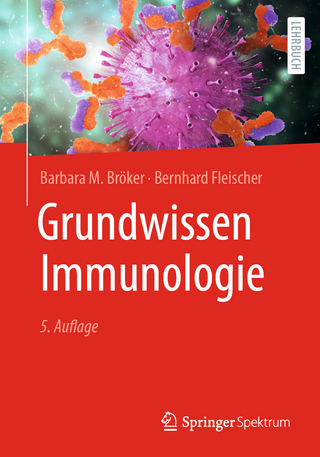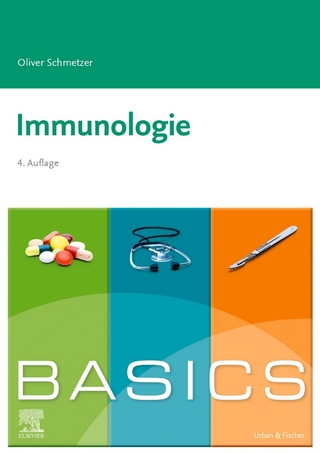Immunology, Phenotype First: How Mutations Have Established New Principles and Pathways in Immunology
Springer Berlin (Verlag)
978-3-540-75202-8 (ISBN)
Immunodeficiency.- The Forward Genetic Dissection of Afferent Innate Immunity.- Genetic Analysis of Resistance to Infections in Mice: A/J meets C57BL/6J.- Host Defenses Against Human Papillomaviruses: Lessons from Epidermodysplasia Verruciformis.- Innate Resistance to Flavivirus Infections and the Functions of 2?-5? Oligoadenylate Synthetases.- Cmv1 and Natural Killer Cell Responses to Murine Cytomegalovirus Infection.- Genetic Dissection of Host Resistance to Mycobacterium tuberculosis: The sst1 Locus and the Ipr1 Gene.- Self-Reactivity.- Scurfy, the Foxp3 Locus, and the Molecular Basis of Peripheral Tolerance.- Fevers, Genes, and Innate Immunity.- Itchy Mice: The Identification of a New Pathway for the Development of Autoimmunity.- TIM Gene Family and Their Role in Atopic Diseases.
| Erscheint lt. Verlag | 21.7.2008 |
|---|---|
| Reihe/Serie | Current Topics in Microbiology and Immunology |
| Zusatzinfo | XIII, 220 p. |
| Verlagsort | Berlin |
| Sprache | englisch |
| Maße | 155 x 235 mm |
| Themenwelt | Studium ► Querschnittsbereiche ► Infektiologie / Immunologie |
| Schlagworte | Asthma • autoimmune disease • autoinflammatory syndrome • autosomal recessive genodermatosis • bronchial asthma • cytomegalovirus infection • flaviviruses • immune recognition • Infections • Innate Immunity • itchy mice • microbial drug resistance • natural killer cell response • papillomaviruses • papillomaviruses; • scurfy mouse mutation • Tuberculosis |
| ISBN-10 | 3-540-75202-1 / 3540752021 |
| ISBN-13 | 978-3-540-75202-8 / 9783540752028 |
| Zustand | Neuware |
| Haben Sie eine Frage zum Produkt? |
aus dem Bereich




